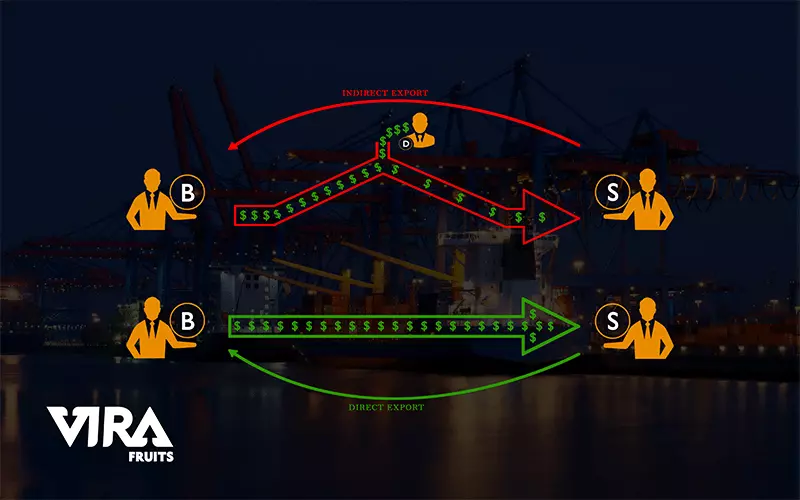Direct exporting refers to a company selling its products directly to a foreign market. This can be done through various channels, such as setting up a foreign branch or subsidiary, forming a joint venture with a foreign company, or appointing foreign distributors or agents.
On the other hand, indirect exporting refers to a company selling its products to a domestic intermediary, who then resells them to a foreign market. This method is often used by small and medium-sized enterprises that do not have the resources or expertise to directly enter foreign markets.
There are several key differences between direct and indirect exporting. One of the main differences is the level of control and involvement in the foreign market. With direct exporting, the company has a higher level of control and is directly involved in the foreign market. It is responsible for marketing and promoting its products, as well as handling distribution and logistics.
On the other hand, with indirect exporting, the company has less control and is less involved in the foreign market. It relies on the intermediaries to handle these tasks and may not have as much visibility into the market.
Another key difference is the level of risk involved. Direct exporting carries a higher level of risk as the company is directly invested in the foreign market and is exposed to market fluctuations and other risks. Indirect exporting carries a lower level of risk as the company is not directly involved in the foreign market and is insulated from some of the risks.
In terms of costs, direct exporting tends to be more expensive than indirect exporting. This is because the company is responsible for setting up and maintaining a presence in the foreign market, which can be costly. Indirect exporting is generally less expensive as the intermediaries handle many of the costs associated with entering the foreign market.
Overall, direct and indirect exporting are both viable options for companies looking to enter foreign markets. The choice between the two will depend on the company's resources, expertise, and risk tolerance, as well as the specific market and product.






